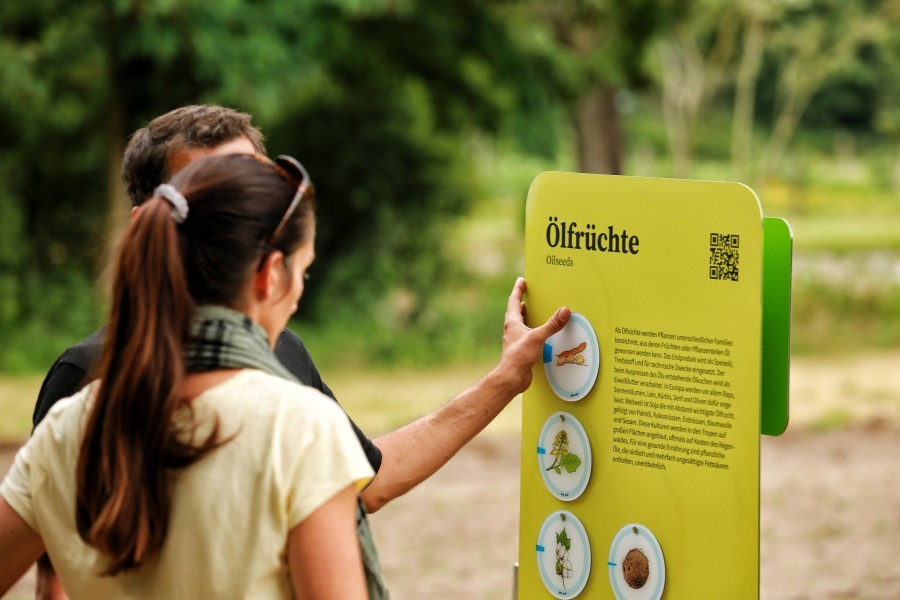In Europe, production and consumption of dry legume seeds as food is still strikingly low, in comparison to other continents and given their numerous benefits. However, there are many examples of successful cultivation and consumption of pulses, driven by cooperation between stakeholders.

Karin Pirhofer introduced interactive ways to teach complex topics like soil biodiversity and legumes, using Joseph Cornell’s environmental education methods—can you imagine being a rhizobial bacteria?

Nicolas Carton shared insights from his work with agronomy students, who explored the benefits of legumes in cropping systems, covering nitrogen fixation, intercropping, and pest management.
After these inspiring presentations, we opened the floor for an interactive session where we proposed the question: Based on your experience, what is your best advice for designing and conducting cooking workshops that effectively increase participants’ capacity and willingness to include pulses in their daily cooking?
For further details contact: info@globalbean.eu



